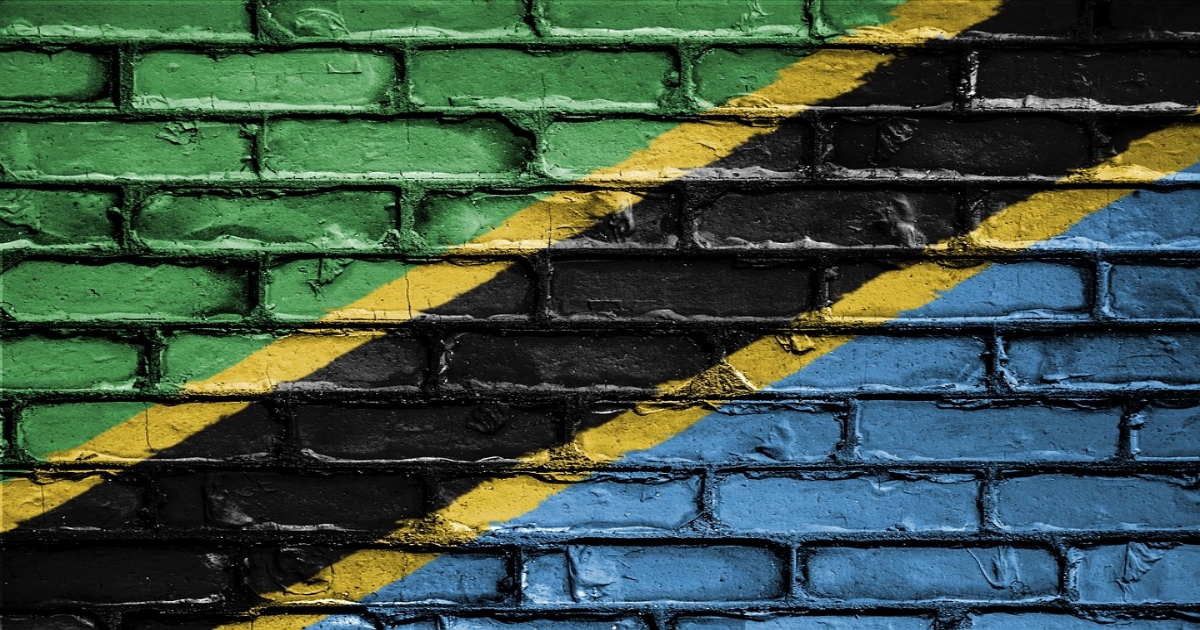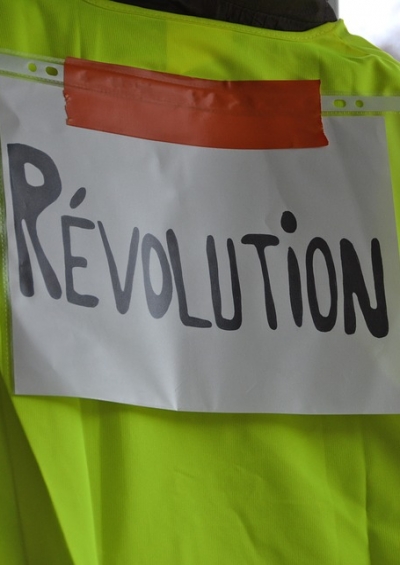President Magufuli: Stop That Dam
If construction of Stiegler’s Gorge Dam in Tanzania goes ahead, it would squander the nation’s tremendous natural endowment and its finances for years to come.
February 2, 2019

Presidents of countries love to see their name attached to grand infrastructure projects, to ensure that they will be remembered by generations to come. Beware, that effort can go terribly wrong.
A case in point: The President of Tanzania, John Magufuli, is about to attach his name to a huge disaster. In December 2018 he signed a contract between Tanzania and Egypt to build Stiegler’s Gorge Dam on Tanzania’s Rufiji River.
It is high time to call attention to this pending disaster, which would cause irreparable damage to the largest game reserve in all of Africa. Construction is supposed to start this June in Tanzania’s Selous Reserve, one of the world’s largest and most significant protected areas.
A UNESCO World Heritage Site
Since 1982, Selous has been a UNESCO World Heritage Site, a treasure of “Outstanding Universal Value” under the UNESCO Convention with its 193 nation signatories. Cutting the path of wildlife, especially elephants, by establishing a 100 km long and some 25km wide lake for the dam would be the beginning of the end of Selous as a unique wildlife paradise.
The funds to build the dam, estimated at 3-7 billion Euros, may as yet not be there under the Egyptian Agreement, and the World Bank, the African Development Bank and KfW among others have all spoken out against the dam over the last decade.
But, moving ahead, Tanzania has set aside a first installment for this project equivalent to 300 million Euros in its 2019 budget. The imminent danger is that this first budget could suffice to start clearing 1,200 square kilometers of forest, which would yield an estimated 3-5 million cubic meters of wood.
The Selous Game Reserve is currently difficult to access. The Tanzanian government’s plans foresee building the first road infrastructure leading to the future construction site, as well as erecting camps for an estimated 1,200 workers. A total of some 120-160 km of road construction or upgrading would be required.
Alternatively, upgrading of the TAZARA railway might be an option along with eventual construction of transmission lines, possibly along the same corridor.
Ample alternative energy generation options
Would the dam make sense in terms of energy generation? Tanzania has ample alternative renewable energy generation options. Large discoveries of natural gas in Tanzania over the last decade have provided an increasingly plentiful source of power.
Gas seems appealing to Tanzanian policymakers for its reliability, shorter build-time and planning, and because capacity can be added in small installments.
In addition to gas, wind and solar power can be readily developed to cover Tanzania’s growing energy needs. This energy development pathway could count on support from the international community.
Regarding the dam itself, the fact that much of the technical and economic analysis on the dam has been carried out by Odebrecht, a Brazilian construction firm now notorious for corruption and with its owner behind bars, is an additional matter of concern. The 2,100MW generating potential seems over-estimated because the river on average already carries less water today than assumed.
In years of drought, incidences of power shortage and crippling load shedding have occurred in smaller plants along the adjoining river system — notably in 2004-6, 2011 and 2015.
In fact, the main power plants on the Ruaha River (an upstream tributary of the Rufiji) have dried up in these droughts, stopping energy production. As a result, skepticism seems to have grown also among government decision-makers about building more hydropower plants, given that existing ones have proven vulnerable with strong seasonal fluctuations and drought.
Time to act
It is urgent indeed to halt the Stiegler’s Gorge dam project now, before the largest UNESCO World Heritage African game reserve would begin to be transformed into a construction site a few months from now.
When the President of a country is about to be convinced by the construction industry that he must, to his very own peril and demise, execute an unprofitable and unfortunate plan, the world’s general public — and especially his own taxpayers — should feel an obligation to pull him back from the brink.
This President must not be forever remembered as the father of a white elephant, a costly project generating far less energy than promised – and energy that could have been produced through other domestic sources.
For all the beauty and the natural dynamics of the Rufiji River that make the area downstream of the gorge the richest habitat area in Selous, with the largest concentration of fauna and flora, President Magufuli and his successors would live to regret the start of the Stiegler’s Gorge Dam project.
An environmental disaster
President Magufuli — if he went ahead — would not only squander the nation’s tremendous natural endowment, but also its finances for many years to come.
The dam project would trigger long-lasting economic losses in his country’s eco-tourism business and employment generation, not to mention ecological shifts in the Rufiji River delta with negative effects on the incomes of the farmer and fishermen population downstream.
The environmental impact of this huge dam project and inundation area has long been understood to equal disaster.
Clearly, the case against Stiegler’s Gorge cannot be fixed by a current, totally perfunctory environmental impact assessment. It is carried out in accordance with Tanzanian law, yet not before, but only now — after the project has already been signed off as a foregone conclusion with Egypt in December 2018.
As environmentalists we trust that the President will not permit irreparable, globally significant biodiversity losses. The sound impact analysis that was carried out by independent experts commissioned by World Wildlife Fund (WWF) should convince a wise and caring President to pull the brakes, and to explore alternative energy and finance options first.
Takeaways
If construction of Stiegler’s Gorge Dam in Tanzania goes ahead, it would squander the nation’s tremendous natural endowment and its finances for years to come.
The environmental impact of the Stiegler’s Gorge Dam project and inundation area has long been understood to equal disaster.
Would the Stiegler’s Gorge Dam make sense in terms of energy generation? Tanzania has ample alternative renewable energy generation options.
The world’s general public -- and especially his own taxpayers -- should feel an obligation to pull Tanzania’s president back from the brink.
